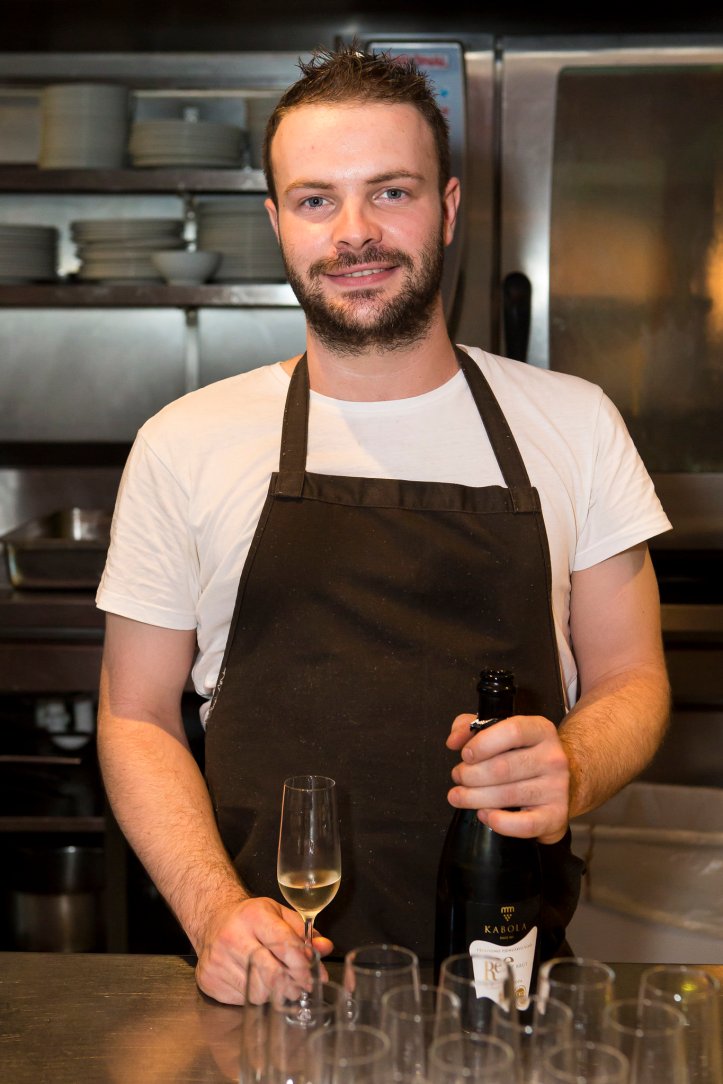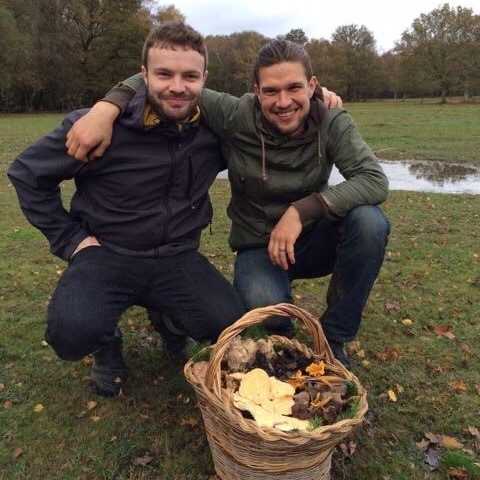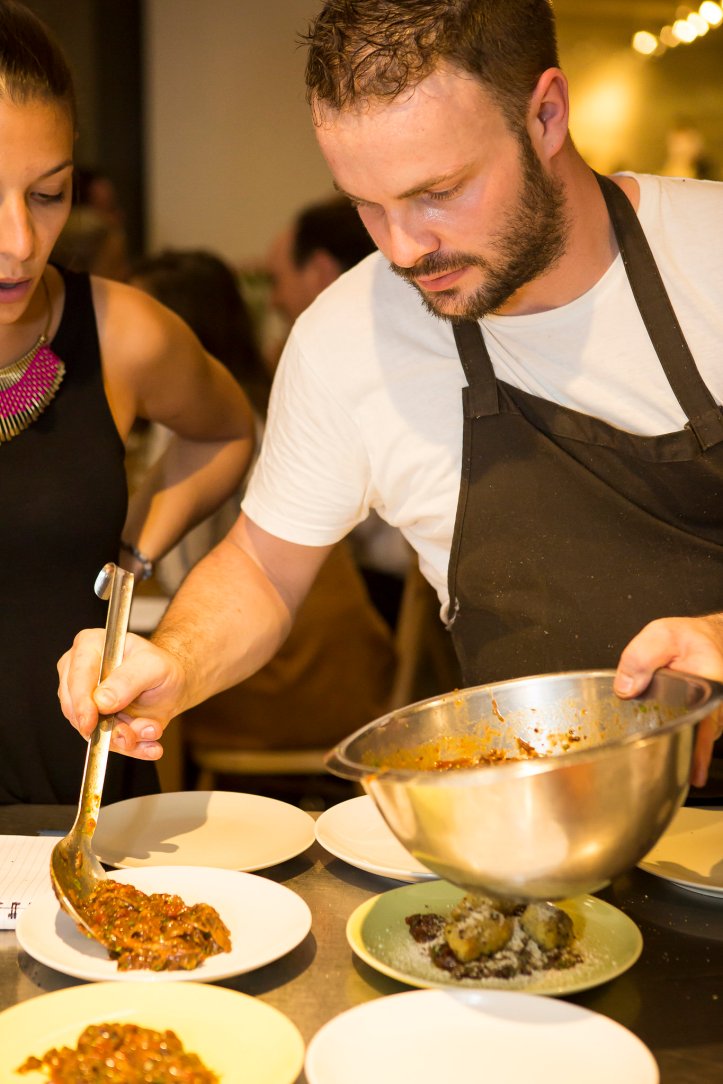
Adam Rawson is one of the rising stars of the London culinary scene.
Aged just 26, he has already been named Chef of the Year at the Young British Foodies award (in 2015) and has also enjoyed a successful stint as head chef at the acclaimed English-Peruvian fusion restaurant Pachamama in London’s Marylebone.
His CV also includes stints at Claridge’s with Gordon Ramsay, as well two and a half years at the Michelin-starred Viajante with Nuno Mendes and a spell at the Eastside Inn with Bjorn Van der Horst.
Inspired by France
His interest in cooking was first fired when growing up in France – he lived on a farm there from the age of four to 18 – but his enthusiasm was based more on a love of high-quality, seasonal ingredients than an idea of following in the footsteps of any particular chef.
‘When I first started I didn’t know much about cooking at all,’ he admits. ‘I admired chefs such as Gordon Ramsay and Marco Pierre White and I read their books, but I don’t really follow the work of other chefs.’
Indeed, he adds that he did not especially enjoy his time working under Ramsay at Claridge’s. ‘It was too French and too hardcore.’
Rawson has recently returned from a year-long trip around Europe and North Africa. It was an adventure he undertook partly to gain insights into a range of different cuisines and to gain inspiration for his own future menus.
‘I was blown away by the sheer simplicity of some of the best dishes that I found,’ he says.
‘What I noticed was that it was all about the quality of the ingredients. As a chef it’s easy to find yourself always trying to reinvent food and create new takes on classics, but really I’m more interested in keeping things simple. There’s a reason some of the recipes I encountered in Europe have lasted for so long – and that’s because they’re really good as they are.
‘In Sardinia, for example, there is a fantastic dish [called porceddu] where pork is roasted over myrtle wood. Then, in Croatia, they have their own version of pasta which was also a revelation.’
Rawson adds that he found his time in Croatia particularly interesting. ‘It wasn’t really what I expected,’ he admits. ‘I spent some time in Istria, where there’s a strong Italian influence, which was very interesting. There’s a restaurant called Toklaria which is fantastic, for example. You have to drive up into the mountains for about an hour to reach it, but it’s been around for something like 600 years and you can see why – the food is great.’

A-foraging we will go
Rawson’s interest in fresh, seasonal produce also extends into foraging and his quest for foraged food has seen him team up with fellow chef (and experienced forager) Anton Petrov.
‘We tend to go out to the Essex coast or to Wales to search for ingredients,’ explains Rawson.
‘I find the best times are late spring and late autumn. We went out last November to find ingredients for a foraged feast and got all sorts of things; lots of sea vegetables, rosehips, quince – and plenty of mushrooms such as hen of the woods [an edible fungus much prized in Japanese cuisine]. The original idea was to go foraging in France, but there’s so much available in England that we ended up staying closer to home.’
To whet the appetites of diners, Rawson and Petrov shared photos of what they found on their Instagram accounts, prior to serving their foraging-based menu at Islington’s Vagabond Coffee.
While the unpredictability in supply of foraged food means it isn’t always easy to include on a restaurant menu, Rawson has taken inspiration from former centuries by pickling and preserving anything he finds in abundance so it can potentially make an appearance on his menus throughout the year.

Innovative approach
That’s very much in line with an innovative approach that he honed in his Pachamama days. ‘I had to learn a new cuisine fast,’ he says.
‘I travelled to Peru, which was a part of the world I didn’t know, to learn about the cuisine first hand. Then it was a question of taking a traditional speciality and making it my own. For example there’s a dish that involves meat wrapped in banana leaves and then cooked in a hole in the ground. We recreated a version of that, without actually burying anything in a hole.
‘My food is similar to that of Nuno Mendes. If something tastes great with something else then I’ll put them together, it doesn’t matter what side of the world they’re from.’
Next on the list for Rawson is a succession of pop-up restaurants at various London venues, followed by the possible launch of his own restaurant in Notting Hill. It may be worth getting in quick to reserve your table for that one.